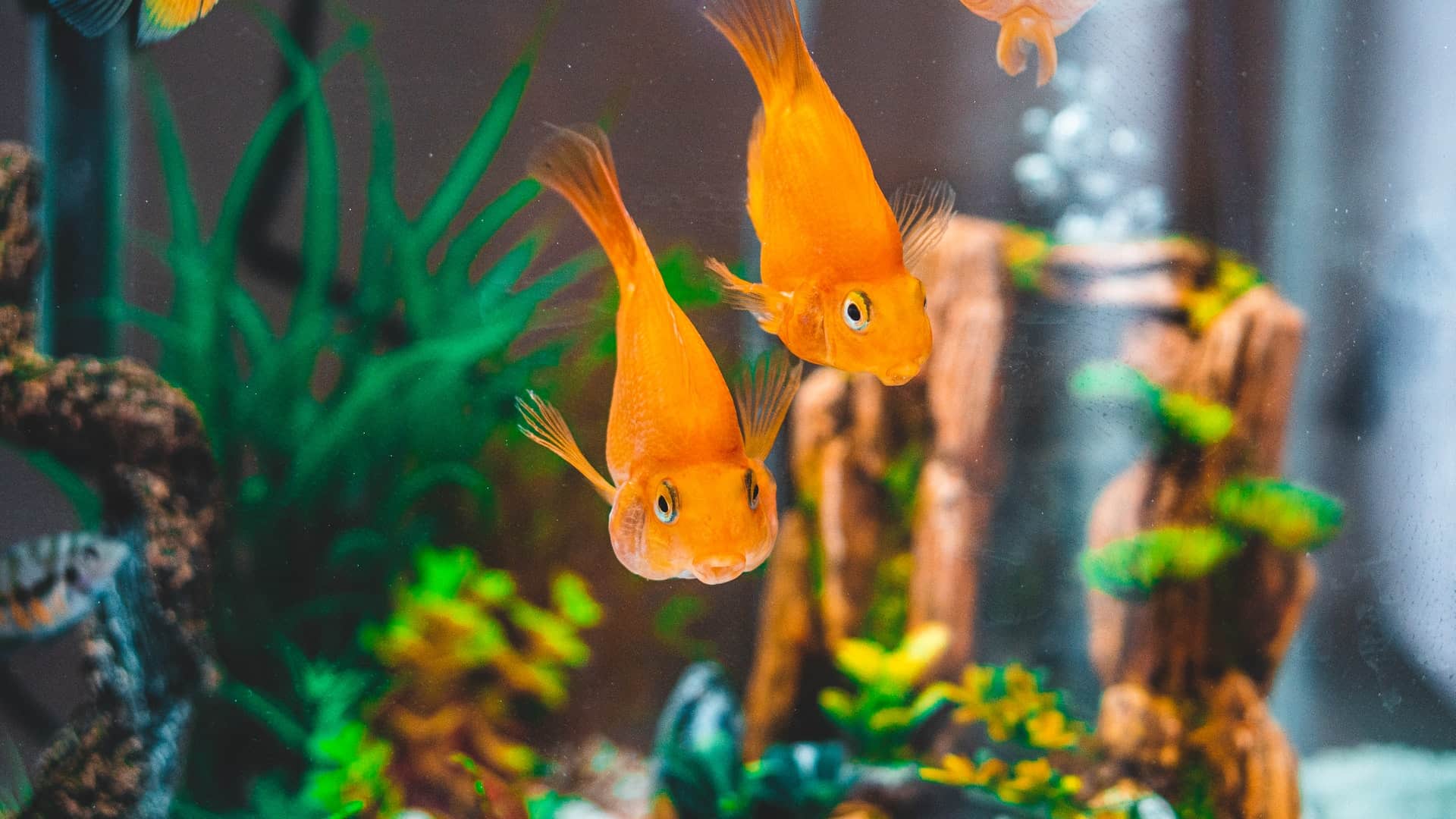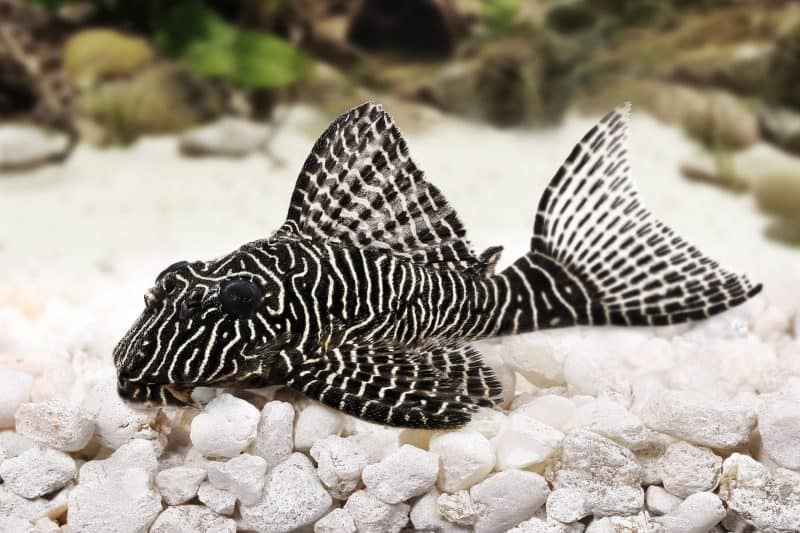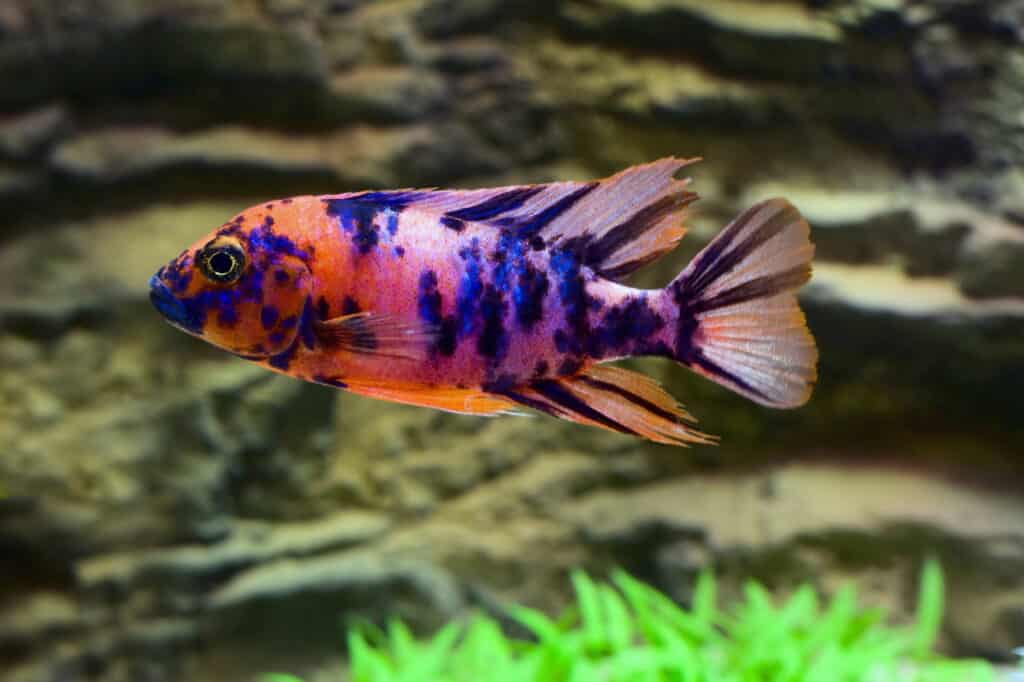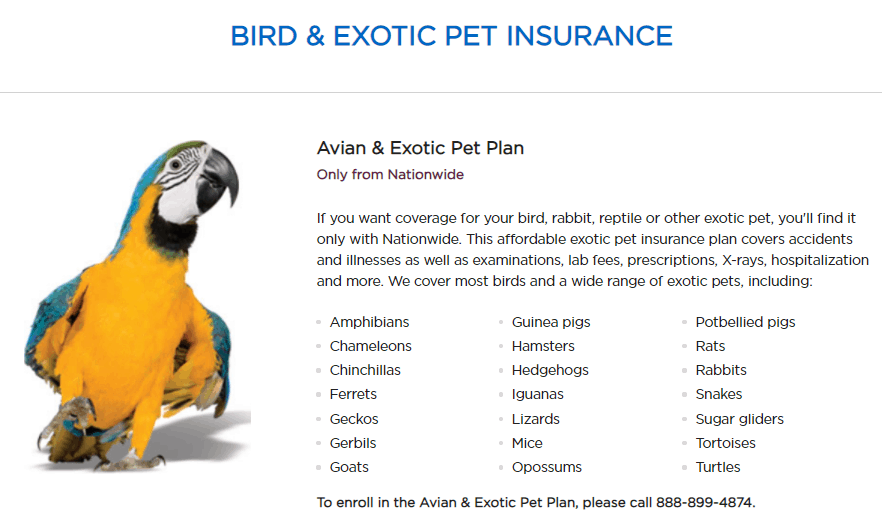

Graeme is a senior writer at ProtectMyPaws, working with our in-house team of data analysts and researchers to produce original studies and reports you will find under the Pet Care section of the site. Even though he doesn't have any pets at home now, Graeme grew up with a yellow Lab called Jake and a goldfish called Rudolph.
July 12, 2023 Why you can trust usProtectMyPaws is an independent publication with no ties with companies mentioned on the site. We don’t accept free products in exchange for glowing reviews. Instead, we report our own findings to help you make an informed decision.
Why you can trust usProtectMyPaws is an independent publication with no ties with companies mentioned on the site. We don’t accept free products in exchange for glowing reviews. Instead, we report our own findings to help you make an informed decision.
Here are four reasons you should trust us:
Table of Contents
Fur-free animals are probably the best alternative to those who adore having a pet but deal with annoying allergies or have packed schedules. Besides rodents and reptiles, fish are one of the top favorite pet types in the country.
Surprisingly, dogs and cats fall far behind pet fish when it comes to statistics. Fish comprise the biggest number of individual pets in the US. There are almost 160 million pet fish across the nation, while cats and dogs make up about 95 and 90 million, respectively.
However, fish are much less taken care of than any other type of pet, regarding pet insurance. That might have to do with how empathetic and compassionate humans feel toward fish, which they seldom do. People can relate to other animals’ health state and feelings quite successfully, but they have a hard time connecting to fish’s state of wellbeing.
That doesn’t mean fish don’t have needs. They most certainly do, and the care they require is quite special. Fish insurance can greatly help in this area.

Fish are one of the most budget-friendly pets. Well, depending on the species you own.
The most common pet fish types like barbs, golds, bettas, and tetras can cost anywhere between $2 to $30. While more expensive types like angelfish, tang, and discus can reach a price point of up to $200, some exclusive specimens like arowana, stingray, gar, pleco, and others can cost thousands of dollars.
It’s worth mentioning that you need to research whether your preferred species thrive living in groups, to know whether you should save more money and buy several fish of the same type.
What’s usually more expensive than the actual fish is their habitat and the equipment you’ll need for upkeep. If you want a nice-looking aquarium with lots of decorations, you better be prepared to open up your pocket. Air pumps, filtration systems, thermometers, heaters, and tank cleaning equipment are just extra to what you’ll pay for your basic set-up.
Food, of course, is essential but affordable. You’d need to separate about $100 to $200 a year for food supplies and treats.

It’s often too late when people spot that something’s wrong with their fish. Usually, they notice their goldfish had been sick or injured when the poor thing is already floating upside-down.
As pet owners, we need to be responsible and ethical caregivers for our beloved pets, whether they live above or underwater. That’s why educating on the certain species and breeds we own is a must if we want to keep them happy and healthy.
When fish are concerned, they can get sick in various situations. Poor water conditions or bad food quality can lead to poisoning and suppressed immune system, hence the affected fish won’t be able to properly fight off diseases.
Stress is another culprit for rapid illness development. Fish kept in an environment that’s too remote from their natural habitat are prone to a short lifespan. Strangely lit surroundings that are also too noisy are extreme stimulants that can only depress and confuse them.
Fish that keep their fins clamped close to their bodies or swim fast and shimmy, demonstrate they are distressed and panicked, and this can be one of the first signs of an illness.
Fish living in communities can often attack one another. Body discoloration, sores, and bruises most often mean that the fish has been injured.
In any of the above cases, it’s crucial to take your fish to the vet immediately. They’ll treat it professionally and advise you on how to tend to it so it recovers successfully. Advice on how to properly feed your fish and maintain their habitat in a decent state is always available at vet clinics.

Fish insurance options are not even closely available as they are for dogs, cats, horses, and other animals. Fish mask signs of sickness easily, so it’s hard to notice when they need special care. As a result, they die more often than other pets, so most pet insurance companies don’t take the risk to offer ways to insure them.
But if you dig deep enough, you’ll find the necessary policies to keep your fish safe and happy.
Here, we provide all the options that are available to insure your pet fish in the US, so you can save on finances in the long run and enjoy some peace of mind.

Here’s what Nationwide will provide coverage for:
Nationwide won’t cover your fish in the following cases:
The following options aren’t, in fact, pet fish insurance. They offer alternative methods to provide financial assistance whenever your fish are in need or in danger.
The companies that we’ll cover below are much more relaxed than pet insurance in the sense of legal policies, underwriting, exams, waiting periods, age limits, etc. They require none of that, but on the other hand, they don’t fully substitute the benefits of having insurance coverage.


Wells Fargo Health Advantage is quite the same as CareCredit, with a few exceptions.
What’s similar about it is that it’s another credit card that you can use to pay for your own and your pet’s medical expenses. It’s applicable for emergencies, illnesses, and wellness procedures, and pre-existing conditions are covered as well.
With no annual limits and waiting periods, the Wells Fargo Health Advantage credit card is a great alternative to pet fish insurance. To find out if your vet clinic of choice offers the program, make sure to give them a call before you pay them a visit.
Other benefits that separate Wells Fargo Health Advantage from CareCredit are the following:
There are so many different types of fish that it’s quite impossible to be certain about how much your particular insurance plan would cost.
Nationwide encourages its clients to give them a call to propose a unique quote for their fish. For a common, inexpensive type of fish, monthly premiums can range from $9 to $30, which is quite lower than popular insurance plans for cats and dogs. However, if you happen to own a premium fish species like the arowana or a rare strain of koi carp, your custom quote might have a much higher price.
Pet Assure has a flat monthly fee of $9.95 for one fish or $16.95 for 2-4 fish ($6.58/month for one fish or $12.42/month for 2-4 fish if you opt for annual billing). Additionally, you can pay for your whole school of fish under one plan for a monthly fee of $21.95 ($16.58/month for a full year).
CareCredit and Wells Fargo Health Advantage cost nothing to enroll in, but you pay the full price of your vet bill with interest included.

It’s time to put things on a scale.
Fish can often get sick or injured and die quickly after if you do nothing about it. Being torn between helping your aquatic companions and trimming down your bank account balance is not a pleasant situation.
Luckily, fish insurance is quite cheap compared to dog or cat insurance. It can become a hefty monthly cost if you own an expensive fish, but consider that it’ll get you covered in an unfortunate event like death or theft.
On the other side of the coin, if you’re willing to take the risk and not treat your sick fish, or pay a high bill on occasion, we guess you can go on without a policy.
It’s quite uncommon to search for fish insurance, but if you happen to require one at the moment, we hope you found our article informative. It’s a companion article to our Exotic Pet Insurance article where you can learn more on the subject.
Fish insurance is a rarely offered option, so make sure you take advantage of its benefits.
With Nationwide, you’d need to wait 14 days before your coverage goes into effect. However, with Pet Assure, CareCredit, and Wells Fargo Health Advantage you can ask for veterinary assistance immediately after enrolling with them.
Unfortunately not. Fish insurance only provides coverage for the actual fish. You’d need to obtain homeowners or renters insurance that will cover damage or theft for your aquarium, but keep in mind that that policy alone would not cover any live fish.
With Nationwide, yes. As a matter of fact, with Nationwide, your fish will receive coverage at any vet clinic worldwide. However, Pet Assure, CareCredit, and Wells Fargo Health Advantage provide coverage only at selected veterinary clinics and healthcare institutions.